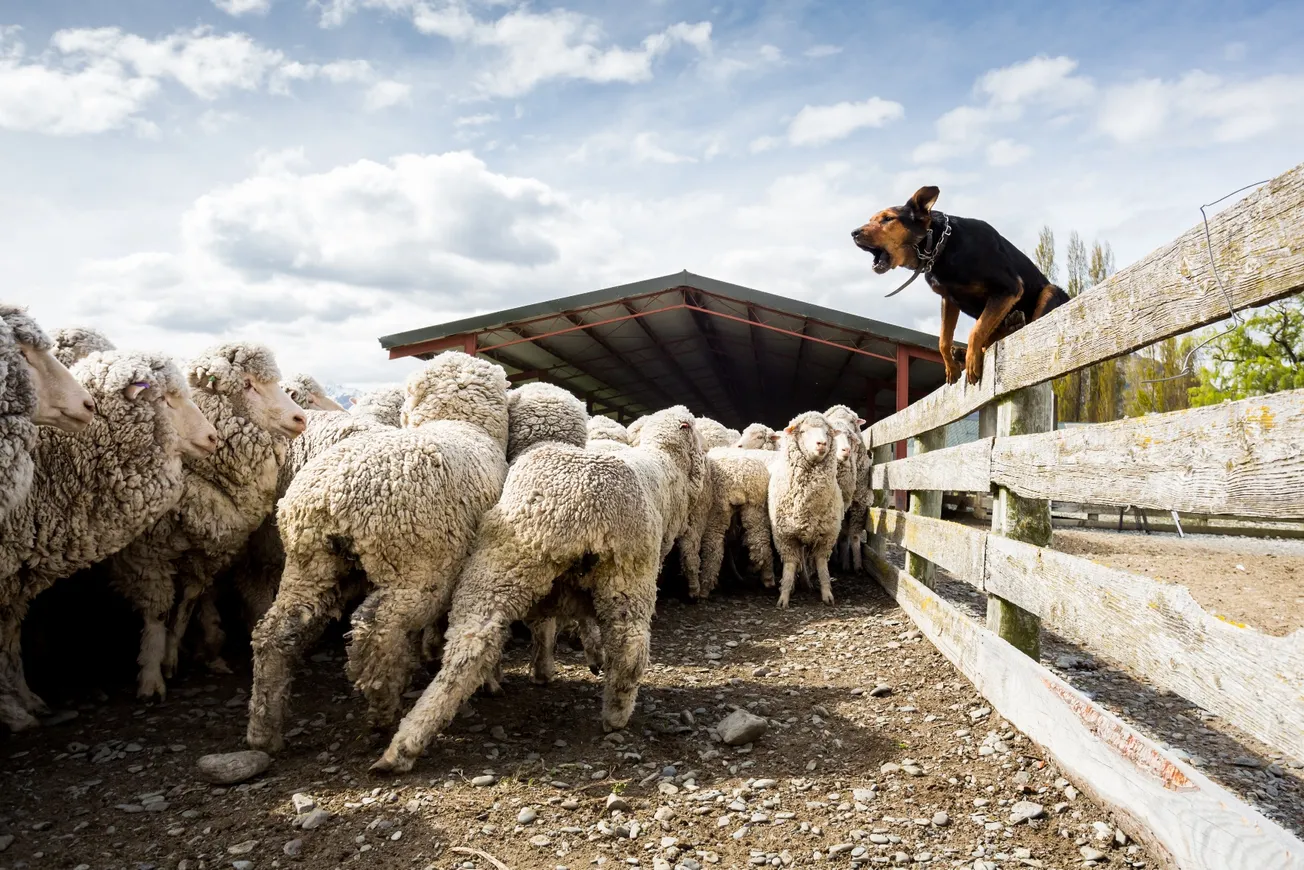Table of Contents
Republished with Permission
Peter Williams
https://peterallanwilliams.substack.com/
When the independent chair of an NZX-listed windfarm company makes a public call for this country to think really seriously about building a nuclear power plant then maybe we should all start thinking seriously about the proposition too.
Craig Stobo, chairman of NZ Windfarms Limited, which operates turbines on the Manawatu hills with a tiny installed generating capacity of a 45.5 megawatts (MW), made the call during his weekly appearance on the internet radio station The Platform.
Stobo is a man with serious business credibility. In a former life he designed the Portfolio Investment Entities (PIE) scheme on which much of our managed funds industry is based. He’s also been recently appointed as the new chair of the Financial Markets Authority (FMA), the finance industry police force.
That a supposed champion of renewable energy can be so upfront about in-depth consideration of the nuclear option reflects the cold harsh reality that New Zealand electricity generation has just not kept pace with population increases of the last 32 years.
Because it was in 1992 that the Clyde hydro-electric power station started generating. With an installed capacity of 464 MW and providing around 2100 gigawatt hours (GWh) each year, it’s the third largest power station in the country behind Huntly and Manapouri.
But here’s the thing. We haven’t built a power plant of any sort with a generating capacity of more than 150 MW since Clyde came online. In that time the population’s increased from 3.5 million to 5.2 million.
It’s the story of New Zealand infrastructure in the last three decades. We have more people but we’ve built barely enough schools, roads and hospital beds to keep up, and now the inattention to electricity generation is beginning to hurt us.
Using the simple economic laws of supply and demand and with demand outstripping supply this week, wholesale prices – charged by the generators to the suppliers – have been in excess of $800 a megawatt hour (MWh). That’s 80 cents a kilowatt hour (KWh), the units your household power bill is charged in.
It doesn’t take much to realise that retailers and suppliers cannot keep buying their power at 80 cents a unit and on-selling it at around 30 cents a unit – which is about what most households pay.
Either retail prices are going to increase and increase sharply, or we generate more power for the market to bring prices back to a reasonable level.
The current situation is exacerbated by a perfect weather storm at the moment. The hydro lake levels are low because of a lack of autumn and winter precipitation, and the hydro generators are loath to put too much water through the turbines. Then this mild late winter means not much wind, and there’s been a lot of cloud.
Wind and solar account for less than 10 per cent of our electricity generation, anyway, so are not really major players.
What’s hurting is that the backup supply for dry winters in the hydro lakes, the Huntly Power Station, is still having to import coal from Indonesia and is running short of natural gas because the previous Labour Prime Minister said six years ago we couldn’t go looking for anymore.
That decision is now really hurting. We may or may not have found more gas reserves since 2018, but we certainly could have used some of our own coal instead of importing 240,000 tonnes last year, at a probable cost to Genesis Energy of about $30 million. Thankfully last year’s importation was down from the staggering 1,845,000 tonnes brought here in 2021.
Now we’re making plans to import liquid natural gas (LNG) from Australia to keep the gas peakers going at Huntly.
Either way, we are too dependent on a thermal power station to keep the lights on when it doesn’t rain or snow in the South Island.
And that comes back to not continuing to invest in power generation at any scale in the last 30 years.
To be honest, wind farms and solar farms are just nipping at the fringes. There is no battery storage for either mode of generation. Solar is useless after dark and a wind farm is no use on a calm day.
Geothermal generation is worthwhile and now accounts for about 18 per cent of our power. There are 20 plants around the country but the biggest is still Wairakei, first commissioned in 1958, with an installed capacity of 175 MW and an annual output of 1310 GWh.
There is potential for growth in geothermal but not to the extent of building a power station with the output of either a Manapouri or a Clyde, and certainly not Huntly’s installed capacity of 953 MW.
Hydro power remains the backbone of the industry and we built and built and built during the 20th century from Arapuni in 1924 to Clyde in 1992.
But in 1991 came this thing called the Resource Management Act and up went the stop sign.
The price we’re paying is $800 a MWh.
It’s obvious to Blind Freddy that we need more power generation, and at scale. Tinkering around the edges with solar and wind and geothermal is not investing for the future. We need a big power scheme to reinvigorate generation and to make sure we don’t run out of the stuff when the lakes are low and the gas runs out.
Lake Onslow’s pumped hydro was a plan, but it was a ludicrously expensive one. Other more traditional hydro schemes, which would have been the way forward in a past era, are out of favour too, not least because of the ludicrous legal battles over iwi claims that they somehow have more of a right to water than the rest of us. They don’t, but they have so much money to pay lawyers to argue the point that we’ll all be cold and in the dark before the issue is settled.
There is no future for any country that has to import fuel sources to generate electricity, especially when we have plenty of the stuff ourselves. So we either have to get real about using our own coal and gas reserves, or we have to think seriously, really seriously, about another form of power generation – the nuclear reactor.
It is a political scandal that our country’s leaders have not bothered to advance the discussion – ever – on nuclear power. We were so smugly comfortable with our hydro base we thought we’d never need it.
Well now we do.
It’s actually a very common form of power generation across the developed world. There’re about 440 nuclear power plants around the globe producing about nine per cent of the planet’s electric power, and 22 per cent of Europe’s. The 70th anniversary of the first plant, near Moscow in June 1954, has just been marked.
When you watch the woke Olympics in Paris with their uncomfortable cardboard beds and vegan meals for the athletes, remember that France is home to 56 nuclear power stations.
The pushback against nuclear power always includes the names Three Mile Island, Chernobyl and Fukushima. Of those three high profile accidents only Chernobyl resulted in an immediate loss of life, and the historically considered aftermath of both Three Mile Island and Fukushima suggests there was negligible long-term impact on those communities either.
But three incidents in 70 years across the nearly 500 nuclear plants that have been built in that time says nuclear power stations are not the humanity threatening beasts many make them out to be.
They also produce a greenhouse gas emissions-free form of electricity and don’t have to worry about the weather. What’s not to like?
An estimated cost of construction nuclear plant suggests it would about half that of Lake Onslow’s $30 billion. Yes, a huge price tag, but it’s called an investment.
The way things work in this country, a nuclear power station is not going to be built in a hurry. But then neither is a hydro dam nor a thermal plant, and geothermal, wind and solar cannot make the sizeable contribution to generation the country so desperately needs.
When an establishment figure like Craig Stobo, with his significant environmental credentials, starts making calls for nuclear power then shouldn’t we stand up and take notice?
And that means you too Christopher Luxon, Simeon Brown and Shane Jones.
This article was originally published on the author’s Substack.









